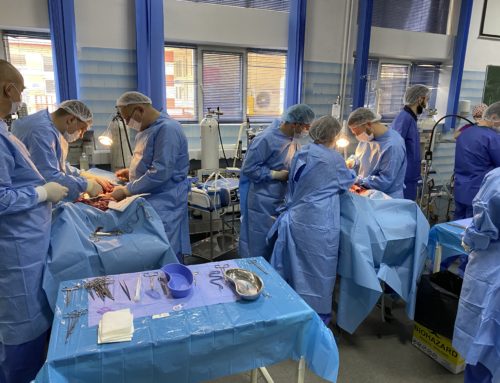Introduction
Neoadjuvant chemotherapy (NAT) is frequently utilized before cytoreductive surgery and hyperthermic intraperitoneal chemotherapy (CRS-HIPEC) for high-grade appendiceal neoplasms. The proposed benefits of NAT do not correlate with the limited literature.
Methods
Retrospective review of our CRS-HIPEC registry. Primary outcomes were the effect of NAT on disease burden, cytoreduction scores, overall survival (OS), disease-free survival (DFS), and recurrence patterns.
Results
A total of 126 cases of high-grade disease met selection criteria; 73 cases received NAT before referral, and 53 cases received no therapy before referral and went directly to CRS-HIPEC. For those cases who received NAT 89% received a FOLFOX-based regimen. Mean PCI scores were 16.47 and 16.07 (P = 0.843) with complete cytoreductions rates of 79.5% and 75% (P = 0.556) for NAT and non-NAT cases, respectively. NAT cases were associated with significantly decreased OS and DFS rates. Mean OS was 3.6 and 2.5 years (P = 0.005) with actual 5-year OS rates of 24.2% versus 5% (P = 0.017) for non-NAT and NAT cases respectively. Mean DFS was 2.8 and 1.7 years (P = 0.015) with actual 5-year DFS rates of 18.6% versus 5.7% (P = 0.048) for non-NAT and NAT cases respectively. Lastly, the use of NAT had no impact on recurrence patterns (P = 0.221).
Conclusions
This is the largest study to evaluate high-grade appendiceal neoplasms in regard to CRS-HIPEC and NAT. NAT had no impact in regard to disease burden, cytoreduction, or recurrence patterns. Utilization of NAT was associated with decreased OS and DFS.



